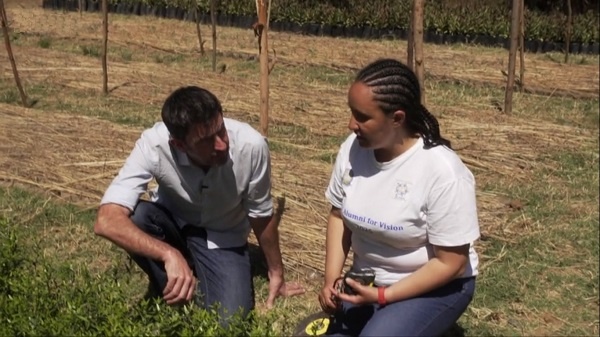
Some 100 years ago, forests covered a third of Ethiopia. Now, that coverage is less than 5%, amid climate change, leading to a recurring drought and famine. Some dedicated people in northern Ethiopia are trying to tackle the situation.
By Justin Rowlatt (BBC Radio 4)
Northern Ethiopia lies in one of the semi-arid regions which it’s feared will bear some of the worst effects of climate change.
The land there has lost most of its trees, making it vulnerable to longer droughts and intense bursts of rain.
But now the people there have restored woodland to one and a half million hectares – capturing CO2 and boosting food production in the process.
“Some 30 or 40 years ago, data shows that the droughts were recurring every 10 years. Now they are every 5 years. So we need to prepare as a community, as a society to be able to function even in drought years. One of the best ways to do that is to restore environments and in restored environments, we can capture every little drop of rain that comes.” Sarah Tewolde-Berhan
For Climate Defenders series, alongside the major UN climate conference, Justin Rowlatt traveled to Tigray region in northern Ethiopia to meet Sarah Tewolde-Berhan, the woman at the center of the restoration.
Climate Defenders is a BBC’s five-part series highlighting people who lead the battle to protect the planet from rising temperature, the battle against climate change and its effects.
Source: BBC Science and Environment
—–
Also read:
- Combating drought and climate change in Ethiopia
- In Ethiopia, climate change leads herders to retrain as farmers
- Ethiopian plant breeders turn to a nuclear technique to help Teff farmers adapt to climate change
- Climate change and deforestation are putting more than half of the world’s wild coffee species at risk, scientists said
- Better land management & reducing greenhouse gas emissions are crucial in tackling climate change, UN special report says
